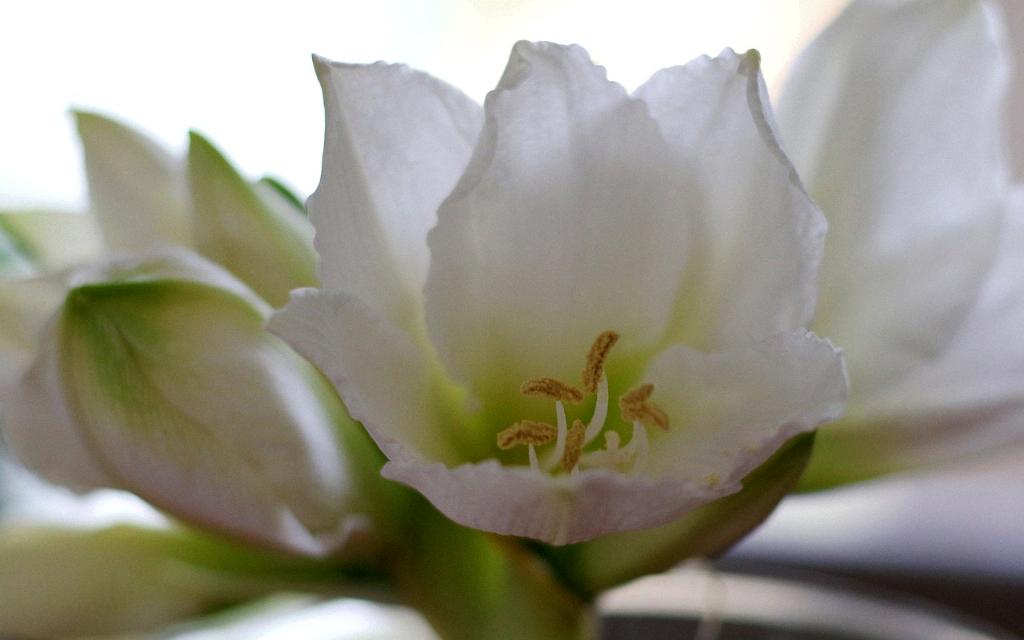So, you’ve enjoyed the vibrant blooms of your amaryllis plant, but now that the flowering phase is over, what’s next? Caring for your amaryllis after it has finished blooming is crucial to ensure its health and prepare it for the next flowering cycle. In this comprehensive guide, we will walk you through the essential steps to take care of your amaryllis post-flowering.
Importance of Post-Flowering Care for Amaryllis
After the blooming period, your amaryllis enters a crucial phase where it replenishes its energy reserves. Proper care during this time sets the stage for healthy foliage growth and future blooming. Neglecting post-flowering care can lead to weakened bulbs and diminished flowering in the next season.
Signs of Amaryllis Transitioning After Flowering
As your amaryllis transitions post-flowering, you may notice the gradual fading of the blooms and the emergence of new foliage growth. The plant’s focus shifts from flower production to leaf development, signaling the beginning of a new growth cycle.
Step-by-Step Guide to Caring for Amaryllis Post-Flowering
Soil and Pot Selection
Choosing the right soil and pot for your amaryllis post-flowering is essential. Repot the bulb if it has outgrown its current container, ensuring good drainage to prevent waterlogging.
Pruning and Deadheading
Trimming back spent flowers and yellowing foliage promotes healthy growth. Remove any dead or decaying plant matter to prevent disease and encourage new leaf development.
Watering and Light Conditions
Provide your amaryllis with consistent watering, allowing the soil to dry slightly between waterings. Place the plant in a bright, indirect light location to support photosynthesis and leaf growth.
Fertilization Tips
During the post-flowering phase, fertilize your amaryllis monthly with a balanced houseplant fertilizer to replenish nutrients. Follow the recommended dosage on the fertilizer label to avoid over-fertilization.
Common Mistakes to Avoid in Caring for Amaryllis After Flowering
One common mistake in post-flowering care is overwatering the plant, leading to root rot. Additionally, inadequate light exposure can hamper leaf growth and weaken the plant. Avoid these pitfalls for a thriving amaryllis.
Repotting Amaryllis Post-Flowering: When and How
If your amaryllis has become crowded in its pot or shows signs of decline, consider repotting after flowering. Wait until the foliage starts to wither before repotting, and choose a container one size larger to accommodate the growing bulb.
Propagation Techniques for Amaryllis After Flowering
After your amaryllis blooms, you can propagate new plants through bulb offsets or seeds. Division of bulb offsets allows you to expand your amaryllis collection or share plants with fellow gardening enthusiasts.
Troubleshooting Common Issues After Amaryllis Flowering
If you encounter issues such as yellowing leaves, fungal infections, or stunted growth post-flowering, identify the underlying causes promptly. Adjust watering, light exposure, and fertilization to address these problems and promote plant recovery.

Conclusion: Ensuring Longevity and Reblooming of Amaryllis
By following these care guidelines for your amaryllis after flowering, you can nurture a healthy plant that will reward you with vibrant blooms season after season. With proper attention and maintenance, your amaryllis will continue to thrive and bring beauty to your indoor garden.
